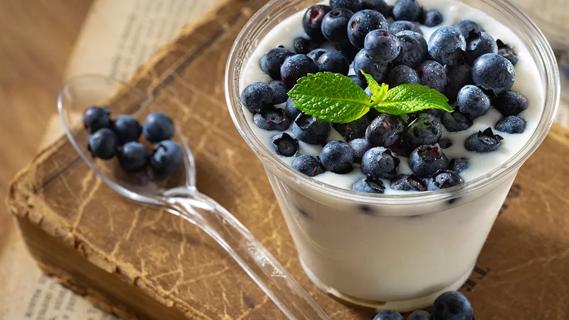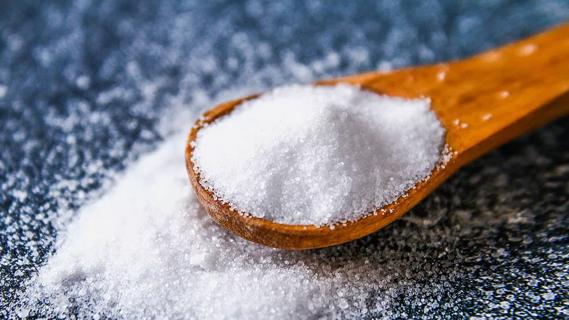How to order — and prepare — nutritious Asian meals

Love Chinese, Thai, Japanese, Korean or Vietnamese food? Asian cuisine offers a rainbow of vegetables and lean proteins. But hidden salt, fat and other stealthy additives can quickly sabotage this heart-healthy fare. Be good to your heart by following these tips from dietitian Kate Patton, MEd, RD, CSSD, LD.
Cleveland Clinic is a non-profit academic medical center. Advertising on our site helps support our mission. We do not endorse non-Cleveland Clinic products or services. Policy
Asian menus typically contain many heart-friendly ingredients. But the preparation may be high in fat and include not-so-healthy additives. Try these tips for health-conscious ordering:
Start off with fresh ingredients. Foods that are local and in season offer optimal nutritional benefits. (Add bok choy, napa cabbage, bean sprouts and watercress to your shopping list.)
Then follow these tips for healthy Asian cooking.
Stir-fry is your friend. When you need to whip up a quick but nutritious meal after a busy day at work, gather all of your favorite veggies and some lean meat.
Stock your pantry with Asian flavors. These flavor-enhancing ingredients will eliminate the need for MSG, extra sodium and extra sugar to boost flavor.
Control portions with dim sum. The bite-sized portions and elegant appearance of steamed buns/dumplings and pot stickers make for a delicious, healthy meal choice.
Pull out the soup pot. Soups — think beyond egg drop and wonton — play a major role in Asian cuisine.
Whip up sauces from scratch. Control the type and amount of each ingredient going into your meal by making your own sauces. You’ll avoid high levels of sugar, sodium, fat, monosodium glutamate (MSG) and other chemicals typically found in store-bought Asian sauces.
Go meatless with soy. You don’t need to be a vegetarian to enjoy the benefits of tofu and edamame, both rich in protein and calcium.
Round out the meal well. Serve your meals on a bed of steamed brown rice, buckwheat or edamame noodles. Satisfy your sweet cravings with fresh fruit.
As with other cuisines, when you prepare Asian food, make sure you’re getting a good balance of nutrients. Be aware of exactly what and how much you’re eating, and enjoy a heart-healthy feast.
Learn more about our editorial process.

Both are needed for a healthy body

Wrapped or sandwiched, try to choose fillings and condiments that are minimally processed, low in saturated fat and high in fiber

It depends on factors like your age, activity level and if you want to maintain, lose or gain weight

Genetics, metabolism and hormonal fluctuations can all make weight loss more difficult

Snacking can bring benefits with healthy food choices and planning

Excess salt and sodium consumption is a worldwide health concern

It has nutrients your body needs, but it also comes with some serious health risks

Despite what you may have heard, pork is actually red meat (and it comes with the same risks as other red meats)

Your metabolism may torch 1,300 to 2,000 calories daily with no activity

A gentle touch in all the right places may help drain your sinuses